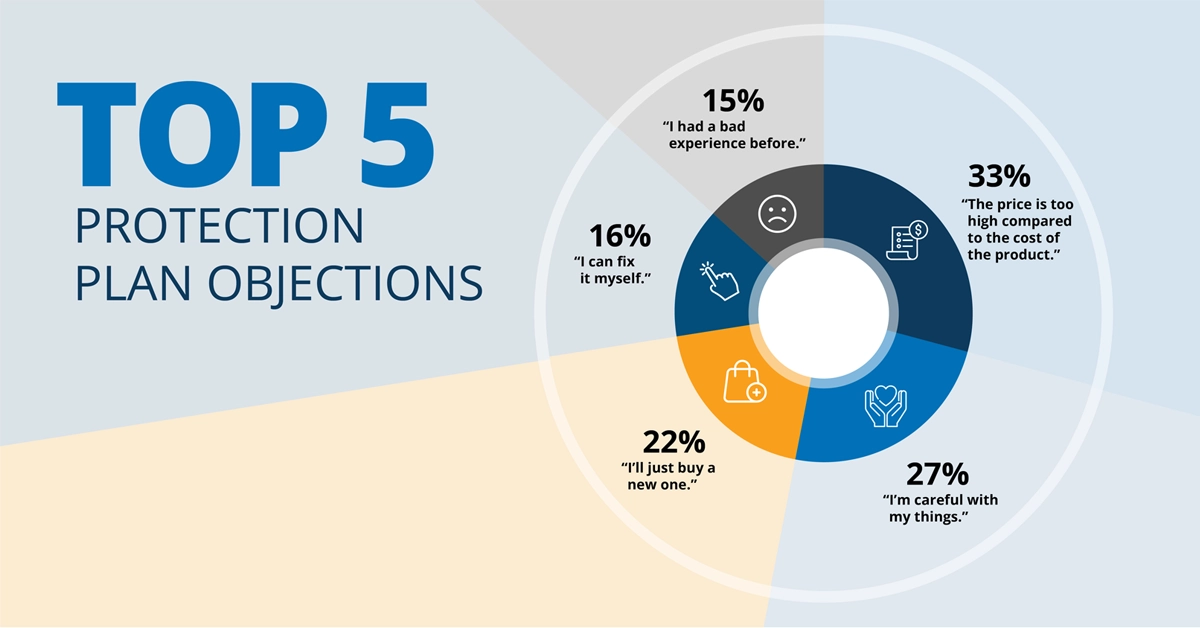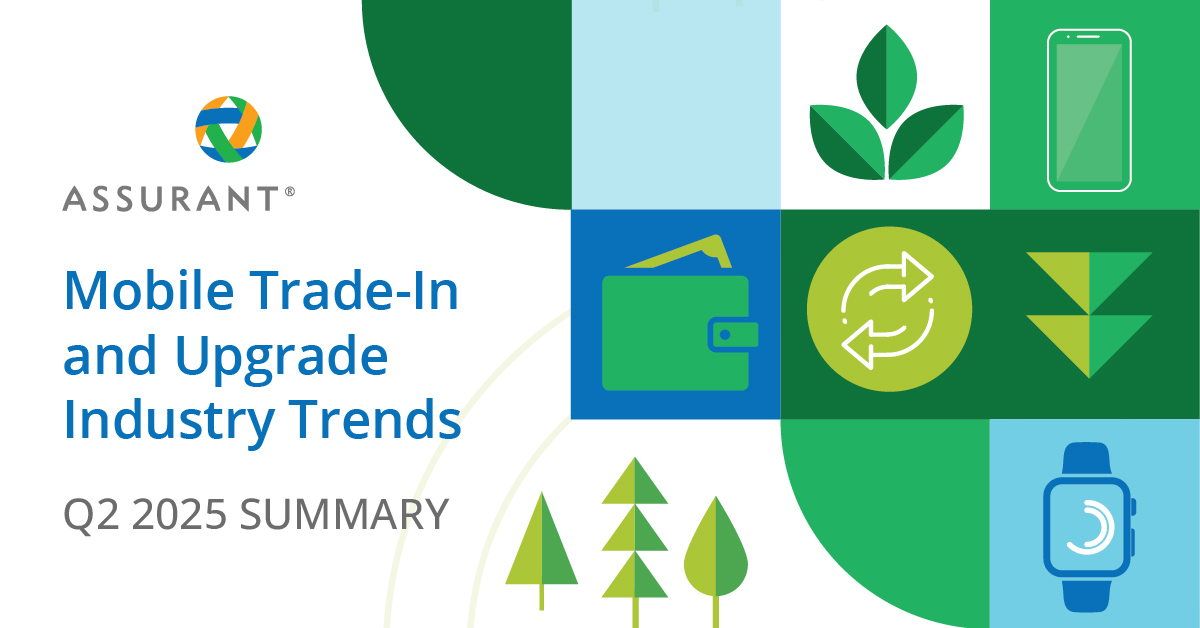In today’s fast-evolving digital landscape, understanding how people feel about technology is just as important as tracking what they use. The Tech Sentiment Index offers a powerful lens into consumer emotions, helping businesses navigate the complex relationship between innovation and trust. By measuring sentiment across six key areas, the TSI reveals not only what excites consumers but also what worries them.
What is the Tech Sentiment Index?
The Tech Sentiment Index is a unique measurement from the Connected Consumer Trends Report that uses six key questions to quantify how consumers feel about technology on a scale of 0 to 100. A higher score reflects greater optimism and trust, while a lower score indicates skepticism and concern.
Current TSI Score: 58.7
This signals cautious optimism, but also highlights lingering concerns about affordability, privacy, and the emotional toll of tech overload.
The TSI questions explore:
- The pace of technological change and adapting to new devices
- The perceived impact of tech on daily life
- Concerns about affordability
- Attitudes toward AI and automation
How technology shapes consumer emotional responses
In an age where innovation moves faster than regulation or user adoption, emotional responses to technology play a major role in how consumers engage. The TSI can help companies:
- Identify emotional pain points
- Inspire trust in emerging technologies
- Align innovations with consumer expectations
One of the clearest messages emerging from the TSI is the duality of consumer sentiment. People are both excited by the promise of emerging technologies and skeptical about their implications. This emotional split is consistent across various trends, from enthusiasm for AI to anxiety about data privacy and rising tech costs.
Businesses can use TSI insights to inspire adoption while also addressing fear, confusion, or resistance. Consumer trust is no longer a “nice to have” — it's foundational to success. Trust-building strategies like privacy protection, transparent AI usage, and clear value propositions are not only important to customers, but also critical for regulatory compliance and brand reputation.
In particular, companies must consider how to balance innovation with accessibility. This means creating tools that are not only advanced, but also easy to use and inclusive, ensuring that technology serves a broader and more diverse population.
Key findings from the TSI
Trust and skepticism in emerging technologies
- 60% of consumers are curious about new tech.
- 52% feel excited about innovation.
- 38% are skeptical.
- 39% feel overwhelmed by the pace of change.
Takeaway: educate and empower
These statistics highlight the dual nature of how consumers experience technology. They’re eager to embrace the new, yet wary of its speed and complexity. To balance enthusiasm and reassurance, clear communication and practical benefits matter more than hype. Consumers crave clarity and meaningful engagement, not jargon.
To build confidence, tech companies should double down on approachable branding, support resources, and educational outreach. Think user guides, FAQs, and explainer content that removes fear and friction, like short-form videos and in-product tips.
The impact of tech on daily life
- 54% say technology has improved their leisure and personal interests.
- 52% say it has had a positive impact on their work.
- 41% feel it has improved society overall.
- 30% say it makes them feel more distant in relationships.
- 35% say it’s helped their physical health.
- Just 33% say it’s helped their mental health.
Takeaway: focus on meaningful innovation
Technology doesn’t affect everyone the same way or in the same areas of life. While many consumers see clear benefits in areas like entertainment and work, others feel less positive about its impact on relationships or well-being. This variation shows that businesses can’t rely on a one-size-fits-all approach. To truly connect with consumers, innovation must be grounded in real, meaningful value — solving everyday problems, improving routines, and respecting people’s time and attention.
Technology affordability concerns
- 44% are frustrated by the high cost of tech.
- 27% dread new product launches due to technology affordability concerns.
Takeaway: make innovation affordable
Cost is a major point of friction, contributing to the emotional split between desire and hesitancy. Pricing strategies like trade-ins, bundles, and subscriptions can boost adoption.
Consumers expect cutting-edge tech without the financial strain, and they’re increasingly comparing value rather than just price. That means pricing innovation must accompany product innovation. Companies should explore flexible financing, transparent upgrade programs, and simplified tier structures. Promoting affordability isn’t just a sales tactic. It’s a trust builder. Demonstrate how your offerings support long-term utility and reduce buyer’s remorse through real-life use cases, guarantees, and easy upgrade paths.
Conflicting views on AI, automation, and robotics
- 31% trust AI to improve their lives.
- 27% are uneasy about its impact on work and daily life.
- 32% are excited about the increasing use of robotics in everyday life.
- 23% feel anxious.
Takeaway: build trust through transparency
AI continues to be polarizing. Transparency and education can help demystify AI and ease concerns. This contrast between hope and hesitation underscores the emotional complexity around emerging tech.
Clear messaging is essential. Businesses should communicate not only what AI does, but also what it doesn’t do. Ethical guidelines, consent-driven data practices, and real-world use cases can turn anxiety into acceptance. For example, showing how AI helps reduce mundane tasks or increases personalization without compromising privacy is a narrative shift worth investing in.
The future of human-centric tech
The Tech Sentiment Index provides a road map for creating tech that resonates with today’s consumer. It shows that success isn’t just about features — it’s about feelings. As consumer expectations evolve, businesses that lead with empathy, transparency, and accessibility will earn long-term trust and loyalty.
Ultimately, the winners in the tech space will be those that think holistically about the human experience, addressing affordability, reducing friction, respecting mental wellness, and actively building trust.
Ready to learn more about how today’s connected consumers feel about technology? Download the full Connected Consumer Trends Report.






